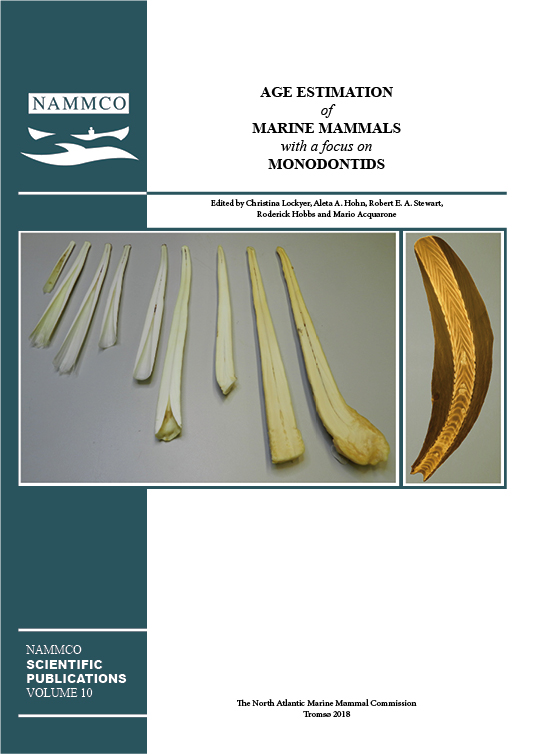The biology behind the counts: tooth development related to age estimation in beluga (Delphinapterus leucas)
DOI:
https://doi.org/10.7557/3.3195Keywords:
age estimation, growth layer groups, beluga, Delphinapterus leucas, teethAbstract
The widely accepted method of determining ages of beluga is to count dentine growth layer groups (GLGs) in median, longitudinal sections of a tooth. It is essential to understand how these growth layers form and to consider developmental factors that can confound their enumeration to be able to provide meaningful age estimates. Here we provide information on, and illustrate, the developmental biology of beluga teeth as it relates to interpreting GLGs. Key factors are: evaluating the presence and occlusal wear of fetal dentine; interpreting early-formed diagnostic features such as the neonatal line; assessing the last-formed growth layer adjacent to the pulp cavity; identifying the presence of nodes at the dentine-cementum interface to assist in counting GLGs; and recognizing pulp stones and accessory lines in the dentine which may hinder the age estimate process.





